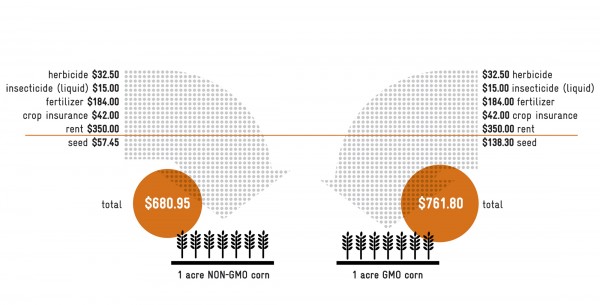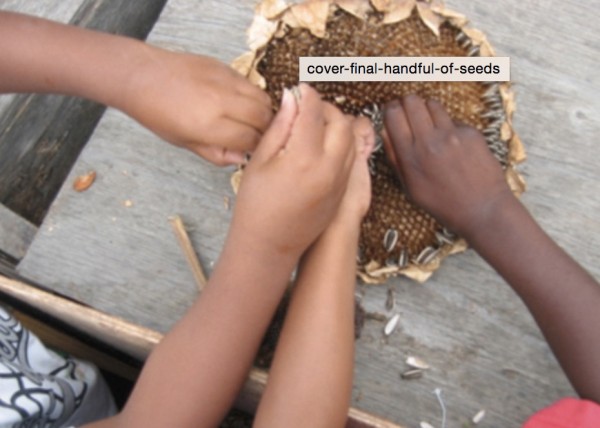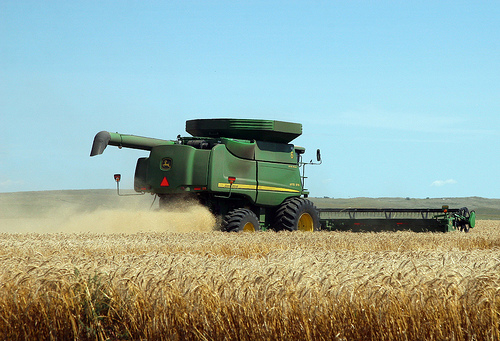 Two of the problems farmers face with GMOs is how much they strengthen weeds and insects, and how much they cost. Over time, the amount of pesticides and herbicides farmers use to kill weeds and insects increases as GMO crops become immune to their effect. Modern Farmer shares these chilling statistics,
Two of the problems farmers face with GMOs is how much they strengthen weeds and insects, and how much they cost. Over time, the amount of pesticides and herbicides farmers use to kill weeds and insects increases as GMO crops become immune to their effect. Modern Farmer shares these chilling statistics,
Between 2001 and 2010, the consumer advocacy group Food & Water Watch reports, total on-farm herbicide use increased 26 percent as weed resistance grew.
Genetically altered seed producers in the United States and the processed food companies that support them have quadrupled their investments in lobbying efforts and public relations campaigns to fool politicians and the public into believing GMO foods are safe and there’s no need to label them. If that’s true, why are these companies so determined that the public not know that GMOs are in all of the common processed foods they eat and all corn products, most soy products and now, even wheat? Monsanto, Pepsi, Coke, Nestlé and other companies are spending tens of millions of dollars to make sure United States residents do not realize how pervasive GMO contamination has become in the US.
This has led some US crop farmers to return to traditional seeds – not because they believe in a GMO free world, but for economic reasons. GMO seeds cause farmers more out of pocket expense to purchase them and increasing amounts of the pesticides and herbicides they use to protect crops. And, GMO contaminated harvests can’t be sold everywhere. Aside from foreign countries that have banned them, some US buyers won’t touch them either. Modern Farmer explains,
Clarkson Grain, which buys conventional and organic corn and soybeans, pays farmers a premium — up to $2 extra per bushel over the base commodity price of soybeans, $1 for corn — to not only grow the crop but also preserve its identity. (That is, keep it separate from genetically modified grain all the way from planting through harvest, storage and transportation.)

And talks about other players in the non-GMO space. The most interesting of which is the Non-GMO Project. It’s ironically funny that since Monsanto & its friends have successfully blocked most legislation to require GMO labeling, this organization emerged to champion the flip side of the issue with recognition for and labeling of, foods that are GMO free. Modern Farmers tells us that for food producers, the benefits of non-GMO verification are many
Sales at Hiland Naturals, which makes conventional and organic feeds for livestock, have more than doubled since it received Non-GMO Project verification last year. Most of Hiland’s customers are small farmers who sell eggs or meat at farmers markets and natural grocery stores. But many sell birds to Whole Foods and to institutions like colleges. Some of Hiland’s growth, owner Dan Masters says, comes from people wanting to know what they’re eating, some is from pending labeling laws and some is from “people who are tired of big corporations and big agriculture.”
Good on us.
 Bookmark this post and visit to see future additions.
Bookmark this post and visit to see future additions.

